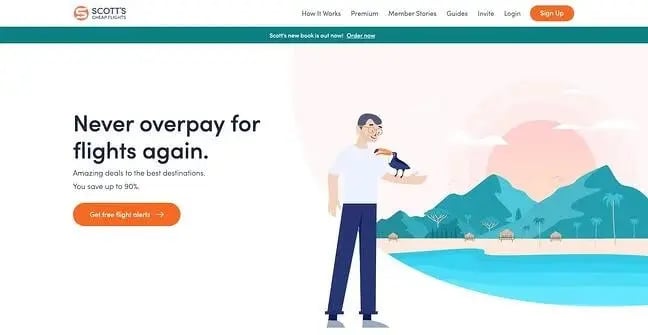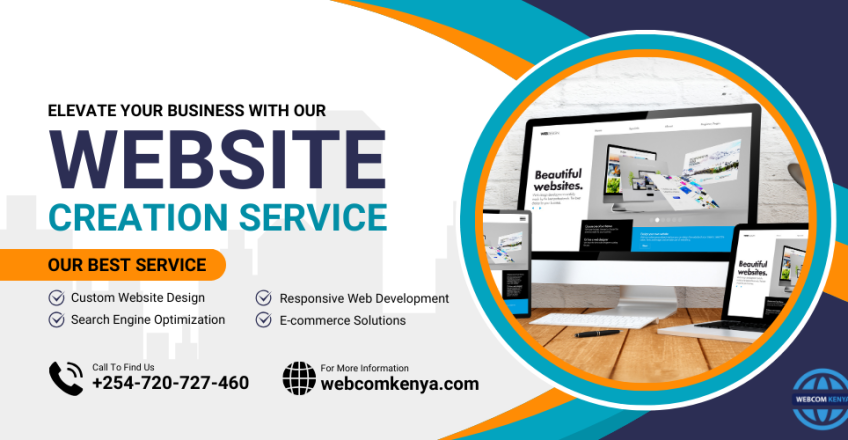Modern Internet Site Layout That Catches Focus and Converts
In a progressively electronic landscape, modern-day site style has emerged as a crucial consider recording individual focus and driving conversions. By tactically employing aesthetic power structure, responsive formats, and involving interactive elements, designers can develop experiences that not just bring in site visitors yet also promote meaningful interactions. Additionally, effective call-to-action strategies play a crucial duty in assisting users towards preferred end results. As we check out these vital elements, it ends up being clear that understanding their interplay can substantially influence an internet site's performance and customer satisfaction. What are the crucial elements that really make a difference?
Relevance of Visual Hierarchy
Aesthetic hierarchy is an important aspect in internet site layout, as it overviews individuals' attention and improves their general experience. By strategically arranging material, developers can guide customers to the most vital info initially, thus boosting interaction and improving usability.
Incorporating a rational circulation in material arrangement is crucial; for instance, putting one of the most critical information on top of a web page promotes instant recognition. Regular use of typography, such as varying font dimensions and styles, helps establish a clear content framework. This company not just help in navigation however likewise builds count on, as customers really feel extra comfy when they can quickly find what they are looking for.
Inevitably, a well-executed aesthetic pecking order not only improves aesthetic appeal but likewise dramatically impacts customer behavior. By prioritizing vital components and ensuring a smooth experience, developers can properly transform visitors right into clients, strengthening the importance of this foundational design concept in modern web site growth.
Responsive Layout for All Devices
Producing a smooth experience throughout different tools is essential in today's electronic landscape, where individuals access websites from tablets, mobile phones, and desktop computers alike. Responsive design is a vital method that makes certain web sites adjust fluidly to various display resolutions, orientations, and dimensions. By utilizing adaptable grids, pictures, and CSS media inquiries, developers can produce formats that preserve aesthetic integrity and functionality, no matter the gadget being made use of.
The value of receptive style prolongs past appearances; it directly impacts individual involvement and conversion prices. An internet site that operates well on all gadgets motivates longer sees and minimizes bounce prices, as customers are more probable to communicate with content that is easy to navigate. Search engines, specifically Google, focus on mobile-friendly websites in their positions, making receptive layout an essential part of search engine optimization (SEARCH ENGINE OPTIMIZATION)
Incorporating receptive design not just boosts customer experience but additionally enhances the development process. By producing a single website that functions across gadgets, organizations can save time and sources contrasted to developing separate mobile and desktop versions. Inevitably, receptive design is an essential technique for modern website style, making certain accessibility and satisfaction for all users, regardless of their tool.
Involving Interactive Components
While a responsive style lays the groundwork for a practical internet site, including interesting interactive elements is important for catching individual attention and promoting deeper links. Website Design. Interactive components, such as animations, quizzes, and clickable infographics, develop an extra dynamic user experience, encouraging site visitors to spend even more time on the site
Including interactive attributes navigate to this website can additionally lead individuals via complicated information, making it less complicated to digest material. Interactive sliders can show product variations, while embedded video clips can supply presentations or reviews that resonate even more than fixed pictures or text. Additionally, gamification strategies, like benefits for involving or completing tasks with material, can enhance individual inspiration and retention.
Efficient usage of interactive aspects not only improves the customer experience yet can also lead to greater conversion rates. It is necessary to balance interactivity with performance; excessively intricate features may prevent site speed, adversely impacting customer contentment.
Structured Navigation Practices
Efficient navigation is a keystone of any type of effective web site, as it straight influences customer experience and content ease of access. Streamlined navigation practices make sure that customers can conveniently find details, improving their interaction with the website. A well-structured navigating menu should be instinctive and simple, usually including a limited number of primary classifications to prevent frustrating visitors.
To attain streamlined navigation, designers ought to focus on a hierarchical framework that logically organizes web content. Applying breadcrumb trails can provide customers with context regarding their current area within the website, permitting seamless backtracking. Furthermore, using drop-down menus can effectively save area while still giving access to subcategories.
Responsive style is vital, as navigation ought to be functional throughout all devices (Website Design). Mobile users, specifically, advantage from touch-friendly menus and retractable sections that maintain functionality without jeopardizing aesthetic appeals

Effective Call-to-Action Approaches
A well-crafted call-to-action (CTA) is necessary for leading individuals toward preferred outcomes on a site, as it encourages them to involve with content or make an acquisition. To maximize their efficiency, CTAs ought to be clear, engaging, and strategically positioned throughout the site.
First, utilize action-oriented language that interacts seriousness or value, such as "Get Started," "Sign up with Currently," or "Insurance claim Your Price cut." This language not only encourages users but additionally sets clear assumptions regarding the following actions.
Second, consider layout aspects; CTAs ought to stand apart visually through contrasting shades, ample whitespace, and noticeable positioning. A button that is very easy to see and click rises the likelihood of user interaction.
Additionally, personalizing CTAs based on individual behavior or demographics can considerably enhance engagement. Customized messages resonate more with customers, driving greater conversion prices.

Conclusion
Finally, contemporary web site layout emphasizes the combination of visual hierarchy, receptive designs, involving interactive elements, streamlined navigating, and efficient call-to-action approaches. These elements jointly boost customer experience, guaranteeing that visitors remain engaged and encouraged to check out content further. By focusing on these style concepts, services can substantially improve individual retention and conversion prices, ultimately bring about better success in the electronic landscape. The constant development of website design emphasizes its critical role in effective on the internet communication and advertising.
In a significantly digital landscape, modern-day internet site style has actually arised as an essential factor in recording individual interest and driving conversions.Aesthetic hierarchy is an important aspect in internet site design, as it guides users' attention and boosts their overall experience.The importance of receptive Read Full Report layout expands beyond aesthetic appeals; it straight affects individual involvement and conversion rates.Including responsive design not only improves individual experience but also enhances the development procedure. Eventually, receptive layout is a basic approach for contemporary site layout, making sure accessibility and contentment for all customers, no matter of their device.